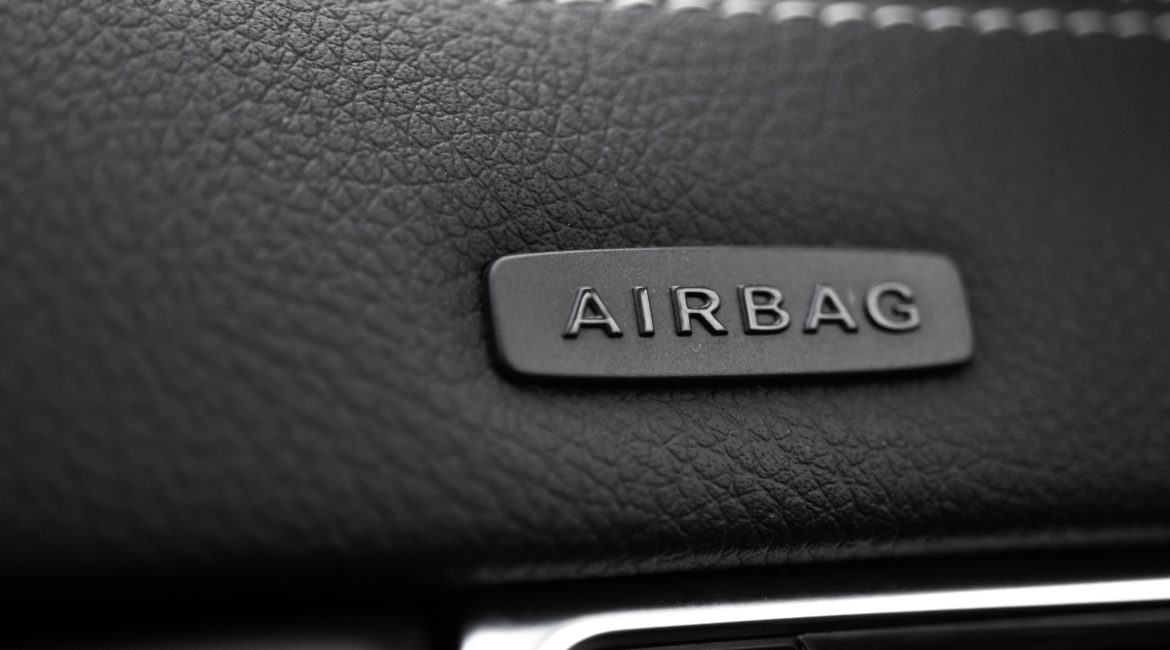The airbag is the number one safety feature to prevent car crash injuries, but it may be overused…
Car manufacturers have made impressive strides in car safety over the years. The more they learn about technology, aerodynamics, and metals, the more they can take precautions to keep drivers and passengers safe on the roads.
In South Africa, the number of car accidents on the road has been described as a national emergency, with 235 people dying on the roads during the 2024/25 festive season in Gauteng alone, and thousands more falling victim to car crash injuries. That’s a lot of tragedy to deal with, and there are many ways this could have been prevented.
That’s why it’s so important to take car safety seriously, and luckily we live in a day and age where two very important safety features exist (and are mandated to be in cars all around the world). The seatbelt, and the airbag.
Read this next: Safe driving techniques that just might save your life.
What are airbags? And what’s the point?
If you aren’t familiar with airbags, that’s totally okay. We’ll do a quick rundown and hopefully, you’ll learn some cool facts along the way!
Airbags are a safety feature that was first released to the public in America in the 1970s. Not very long ago, considering the first motorcars started being released in the 1940s (Thank you, Mr. Henry Ford). At first, they weren’t very successful in preventing car crash injuries, and even resulted in a few deaths. Since then, they have been modified and are widely accepted by drivers and manufacturers. What we’ve seen today is that even though new technologies have been used, there is still a dangerous element to airbags.
Airbags are designed to protect motorists during a collision. They act as a cushion between the driver or passenger and the car. They are made from a fabric that is inflated upon impact. Airbags are released when the car’s crash sensors send information to the airbags ECU (electronic control unit), which determines if the bags will be released or not and where they will be released depending on the angle, area, and severity of the collision.
Some cars today can have up to 10 airbags, while the average is usually about 6. But why could more airbags actually be more dangerous than just having the necessary few?
Seat Belt wearers vs. non-seat belt wearers
The answer to the question, “why are there so many airbags?” is due to the nature of airbag and car safety testing.
When car manufacturers check the safety of cars, they need to envision all types of scenarios. They use crash test dummies with realistic weights and dimensions to get an idea of what will work, and what won’t.
This means that they also need to test for the population who drive without wearing their seatbelts (the real-life dummies, if you ask us). Because non-seat belt wearers are in significantly more danger of falling victim to car crash injuries during a collision, airbags are put in place to protect them.
For example, there are airbags placed all around your car. There are front airbags, side airbags, and rear-end airbags. The front of your car will probably have more than one airbag – the main one is the one that comes towards your upper body. This will protect you from going headfirst into your steering wheel or through your window. Airbags were placed in the knee area of the car mostly to protect motorists who aren’t wearing seatbelts from getting car crash injuries, while they could still pose a risk to drivers who are buckled up.
The knee airbags are put in place to stop non-seatbelt wearers from lifting out of their seat too much. However, if your seatbelt is holding you down, these airbags could end up hurting your legs more than the accident would have.
Related: Road safety: The most dangerous ways to sit in a car
How to prevent airbag injuries
Now, we are not saying you need to go and take all your airbags out of the car. They’re an important safety feature that has saved more lives than they have taken. But there are precautions you can take to make sure your airbag doesn’t injure you upon impact:
- Wear your seatbelt. We repeat: wear your seatbelt!
- Sit properly in your seat and never rest your legs up on the dashboard. Avoid leaning your body over onto the dashboard as well.
- Drivers should keep their chest at least 25 cm away from the centre of the steering wheel (where there is also an airbag).
- Keep children and infants in the back seats as airbags are delivered at an extremely high pace which could cause broken bones or even death.
- Children must avoid leaning on the side doors at the back of the car as airbags are placed there too.
All in all, remember to be safe and sensible when it comes to airbags, and they should cause more good than harm in preventing car crash injuries or fatalities!
Get a Car Insurance quote here.
Your Insurance Family,
Oneplan




